10. May, 2025delish0
In the new energy era, the high-precision slitting of lithium battery electrodes and separators is the core link to improve the energy density, safety and consistency of batteries. Faced with the challenges of ultra-thin electrode pieces (e.g., 4.5 μm copper foil), separator thinning (≤ 5 μm base film), and new materials (e.g., silicon-carbon anode, solid electrolyte coated separator), traditional slitting technology has been unable to meet the demand. The following are systematic solutions for achieving high-precision slitting:
1. Key technology of high-precision slitting of pole pieces
1. Stability control of ultra-thin material slitting
• Nanoscale Tension System:
Magnetic levitation tension control technology (accuracy ± 0.1N) and multi-stage closed-loop adjustment are used to avoid the tensile deformation of the pole piece in the slitting process (for example, the allowable tension of 6μm aluminum foil is only 2-5N/m).
• Non-contact support:
Apply air bearings or electrostatic adsorption platforms to eliminate foil wrinkles caused by mechanical contact (e.g., air flotation in the slitting of the pole piece of the Tesla 4680 battery).
2. Edge quality optimization
• Laser slitting technology:
◦ Picosecond/femtosecond laser: heat-affected zone < 10 μm, suitable for brittle materials such as silicon-based anode (burr ≤ 3 μm);
◦ UV laser: cold working of copper/aluminum foil to avoid slag (e.g. CATL for high nickel cathode slitting).
• Ultrasonic-assisted mechanical slitting:
20-40kHz high-frequency vibrating tool to reduce cutting resistance and improve coating adhesion (edge shedding rate < 0.5%).
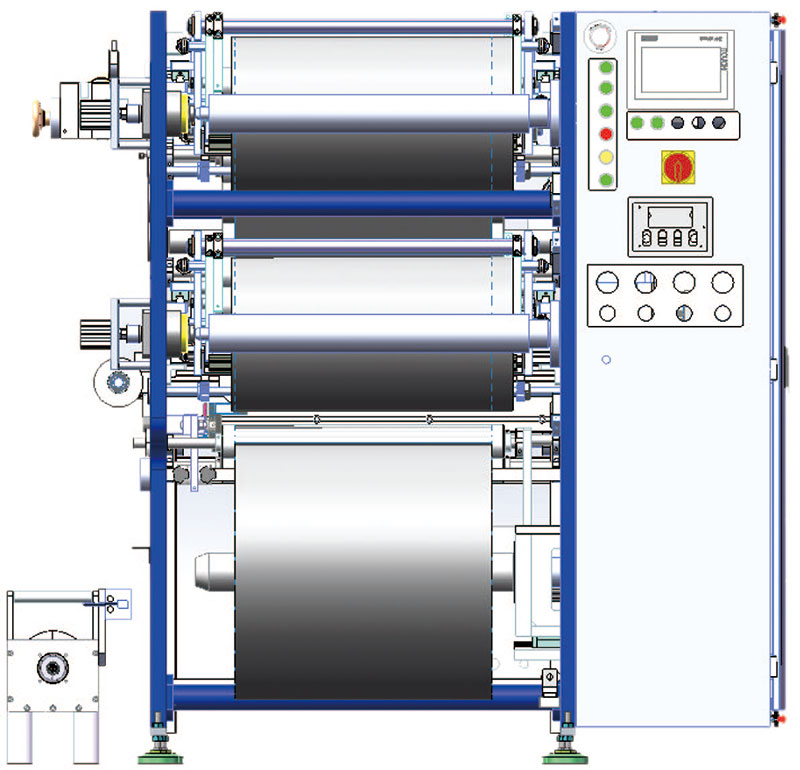
3. Dynamic accuracy compensation
• Real-time thickness monitoring:
Integrated β-ray or laser thickness gauge to dynamically adjust tool clearance (compensates for fluctuating coating thickness, e.g. ± 1 μm).
• Temperature Compensation Algorithm:
The thermal imaging camera monitors the temperature rise of the tool and automatically corrects for the deviation in cutting width due to thermal expansion (e.g. 0.5 μm per 1°C rise).
Second, the core challenge of high-precision slitting of diaphragm
1. Ultra-thin diaphragm (≤5μm) slitting scheme
• Low Temperature Plasma Cutting:
Plasma arc cutting in argon environment to avoid thermal shrinkage of PE/PP separator (edge shrinkage < 0.3%).
• Electrostatic slitting technology:
The use of a high-voltage electrostatic field to guide the cutting path is suitable for stress-free slitting of coated diaphragms such as ceramic coatings.
2. Special treatment of coated diaphragm
• Multi-stage slitting strategy:
First laser rough cutting of the base film, and then fine cutting of the coating area (such as the "pre-cutting + refining" process of the company).
• Online bug fixes:
Repair the coating damage caused by slitting (defect area < 0.01mm²) by micron-level spraying.
3. Anti-sticking and dust removal
• Ionized Air Cleaning System:
Neutralize the static electricity on the surface of the diaphragm immediately after slitting to prevent dust adsorption during winding (surface particles≤ 5 particles/㎡).
• Nano lubrication tool holder:
PTFE-coated tools are used to reduce tensile distortion caused by diaphragm sticking knives.
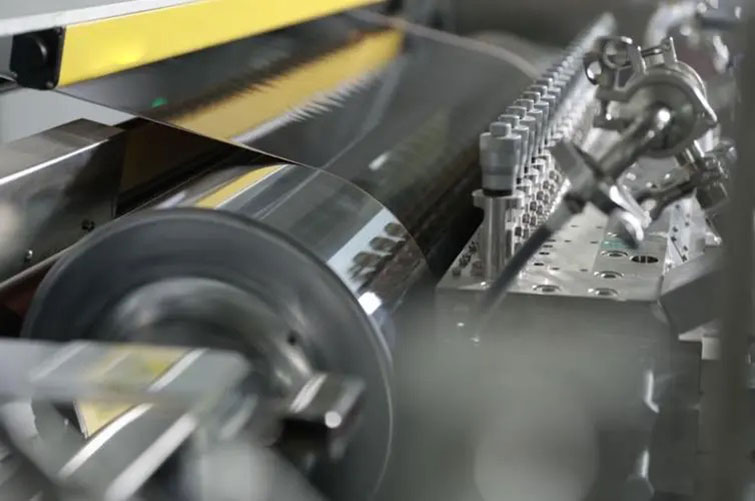
Third, the direction of common technological breakthroughs
1. Intelligent closed-loop control
• Multi-sensor fusion:
Adaptive slitting is achieved by combining CCD vision (positioning accuracy ± 1μm), laser displacement sensor (±0.5μm) and spectral analysis (real-time detection of material composition).
• Digital Twins:
Simulate slitting effects for different material/parameter combinations, such as Ansys simulation of tool stress distribution, to optimize the process in advance.
2. Cross-process collaboration
• Slit-winding integration:
The slitting machine is directly connected to the winding machine, and the tension fluctuation of the pole piece/separator is eliminated through synchronous motion control (such as BYD's blade battery production line).
• Pole/diaphragm matched slitting:
According to the cell design data, the width of the pole piece (for example, the positive electrode is 0.5mm wider than the negative electrode) and the separator slitting parameters are dynamically adjusted.
3. Zero-defect standard
• AI Sorting System:
Based on 3D line scanning, the edge detection of the pole piece (identification of defects at the 5 μm level) separates the good product directly into the next process.
• Quantum dot tagging traceability:
Fluorescent markers are implanted during slitting, and the cutting parameters of each section of material can be traced back to the subsequent process.
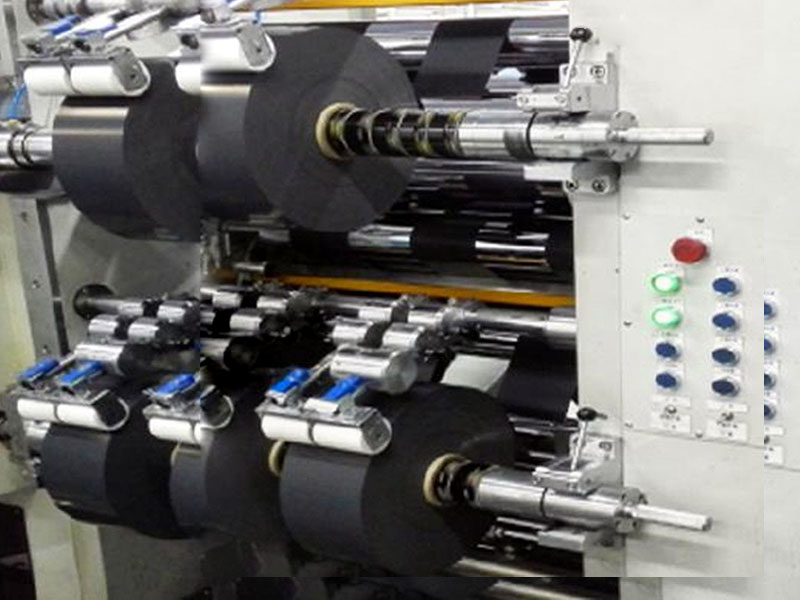
Fourth, the comparison of typical applications
| Technical Indicators | Traditional slitting | High-precision slitting | Boost the effect |
| Pole piece cutting accuracy | ±0.1mm | ±0.02mm | Winding alignment error ↓50% |
| Shrinkage at the edge of the diaphragm | 1.2% | 0.25% | Heat harvesting shortens the road risk ↓80% |
| Tool life (pole piece) | 80km | 300km | Tool change frequency ↓70% |
| Slitting speed (diaphragm) | 30m/min | 80m/min | Capacity↑167% |
5. Future technology trends
1. Atomic Layer Processing Technology:
Zero-burr slitting by atomic-level removal (e.g., focused ion beams) for solid-state battery pole pieces.
2. Self-healing diaphragm slitting:
The microcapsule repair agent is pre-applied on the cutting section, and the incision is automatically healed after winding.
3. Ultrafast laser-robot collaboration:
The 6-axis robot carries a laser head for three-dimensional slitting and adapts to special-shaped batteries (such as bent wearable device batteries).
summary
The high-precision slitting of new energy batteries has been upgraded from a simple "cutting tool" to a comprehensive system that integrates ultra-precision machinery, optoelectronic technology, and AI algorithms. The leading enterprises have increased the yield of pole piece/separator slitting to more than 99.95% through laser + mechanical composite slitting, cross-process data closed-loop, and defect prediction rejection. In the future, with the popularization of semi-solid/all-solid-state batteries, slitting technology will further evolve in the direction of nanometer precision, zero thermal impact, and adaptability.



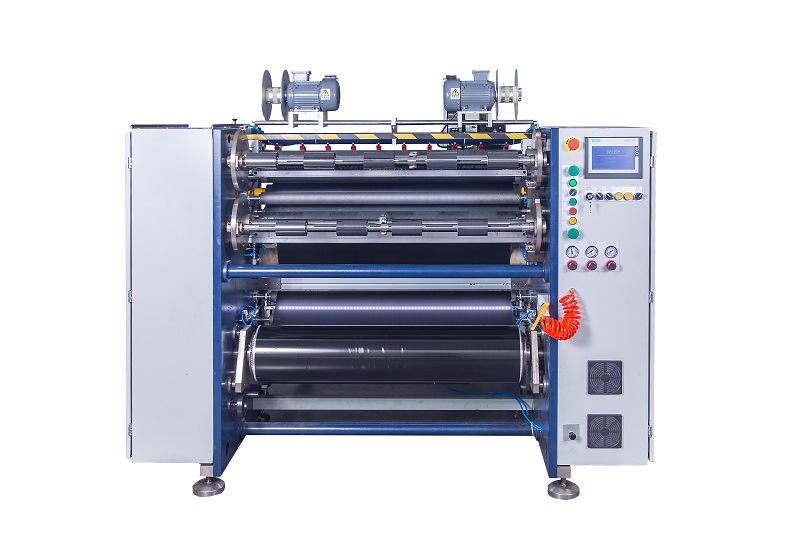
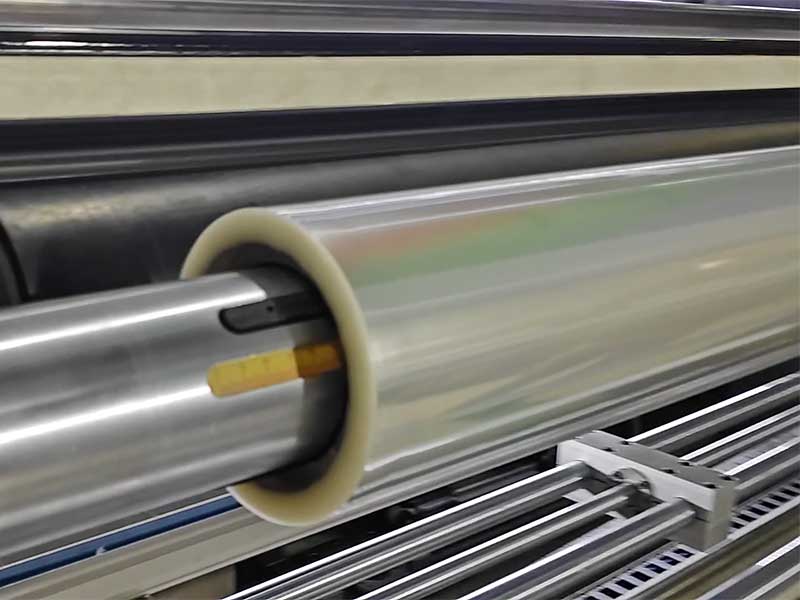
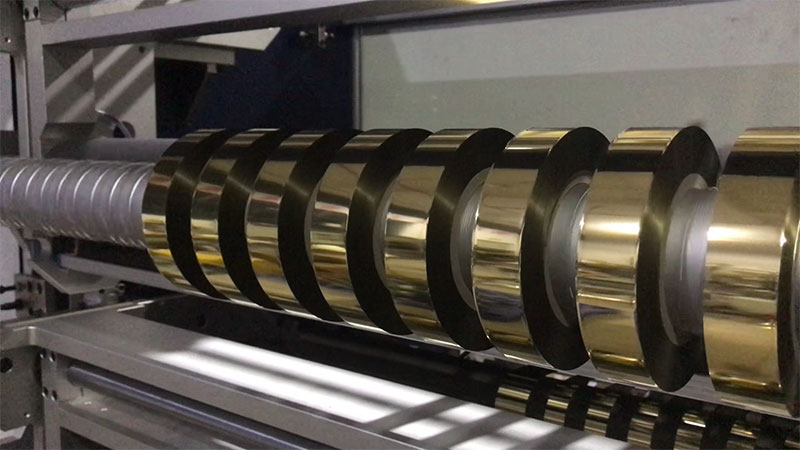
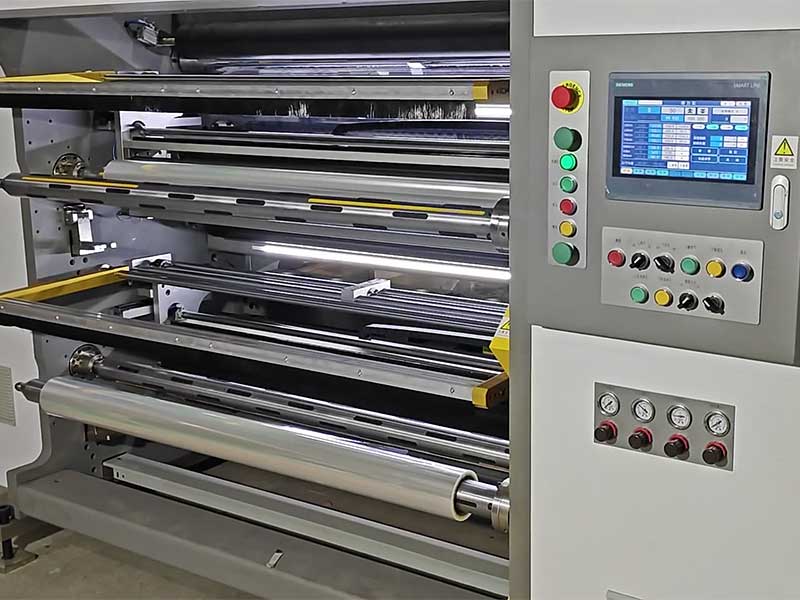
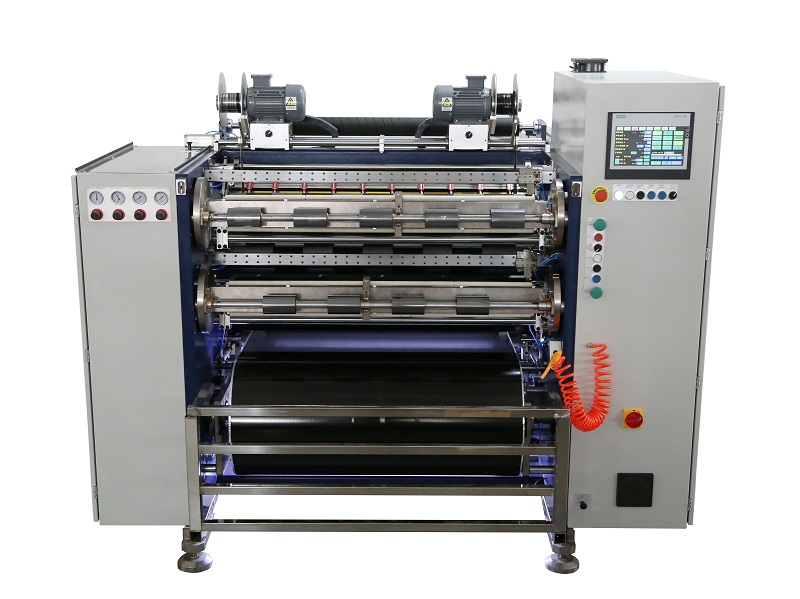 Fully Automatic TTR Slitter RSDS8 Plus
Fully Automatic TTR Slitter RSDS8 Plus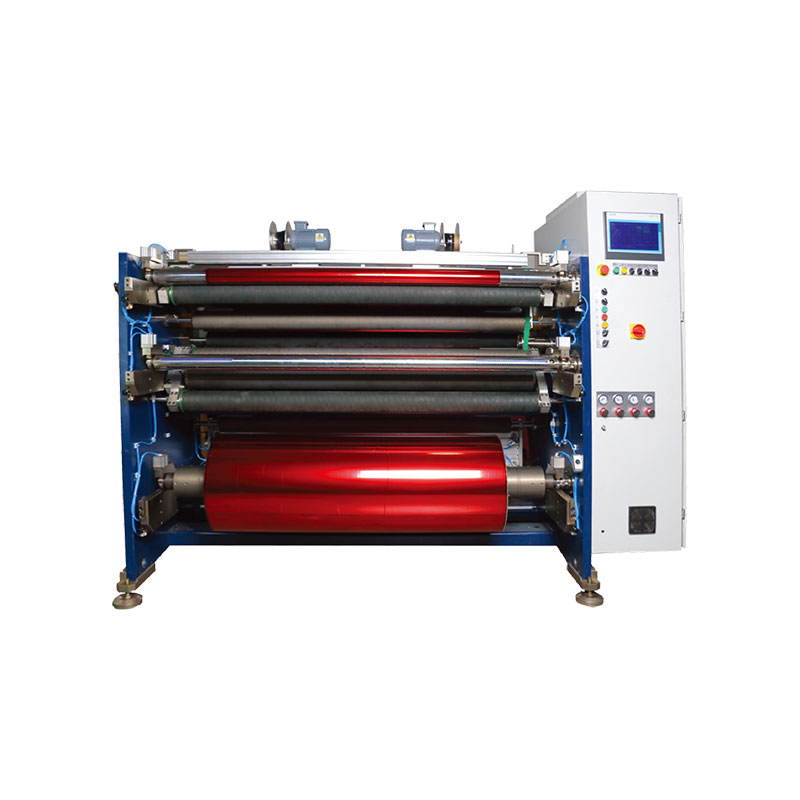 Hot Stamping Foil Slitter 1600mm
Hot Stamping Foil Slitter 1600mm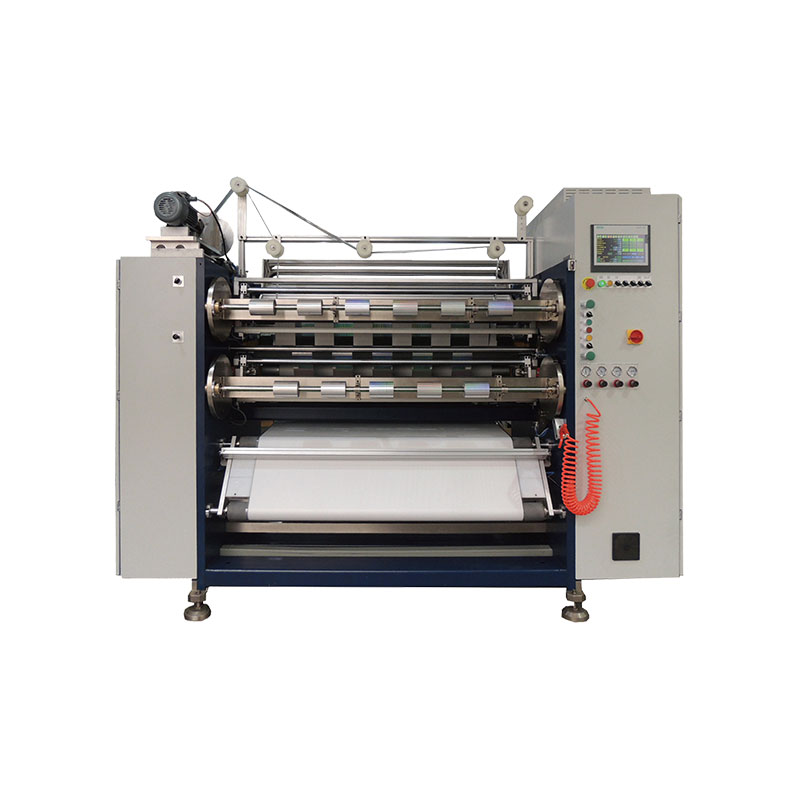 Hot Stamping Foil Slitter (4 Shafts)
Hot Stamping Foil Slitter (4 Shafts)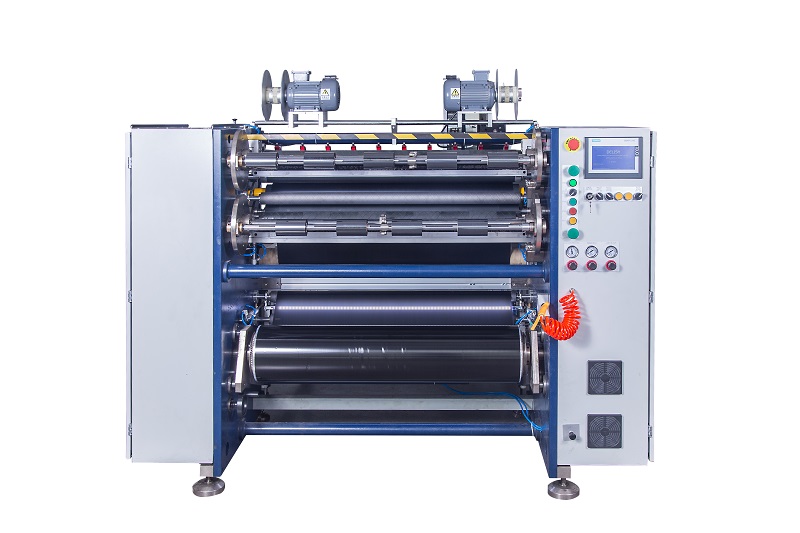 Semi-Auto TTR Slitter RSDS2 Plus
Semi-Auto TTR Slitter RSDS2 Plus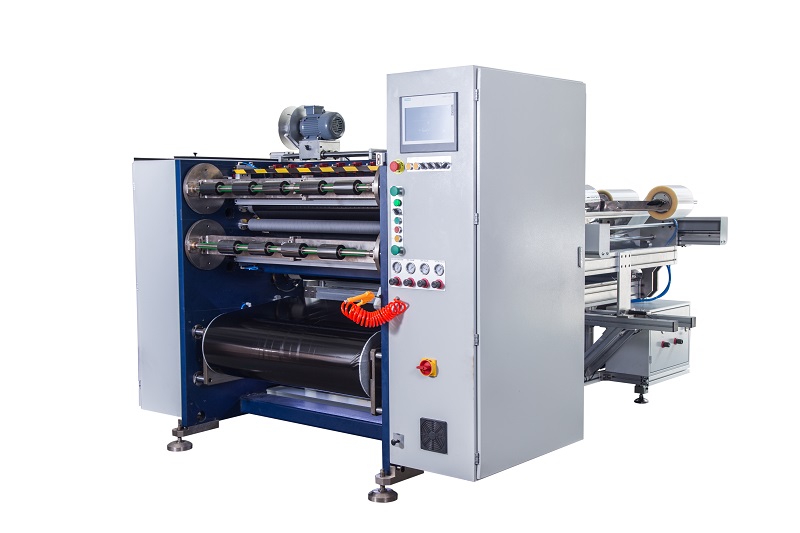 Semi Automatic TTR Slitter RSDS5 Plus
Semi Automatic TTR Slitter RSDS5 Plus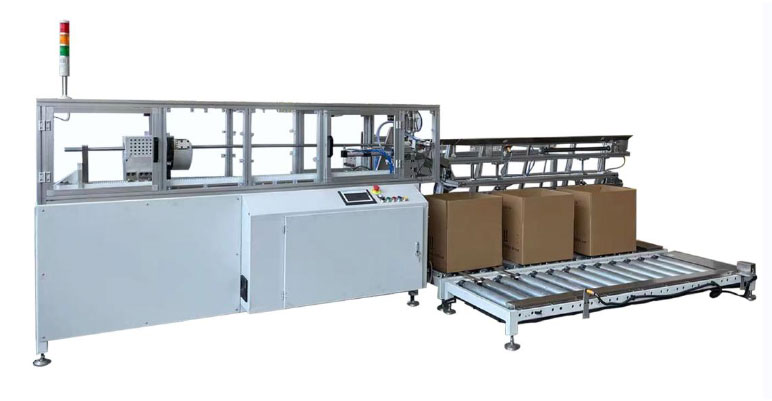 Auto Paper Core Cutter
Auto Paper Core Cutter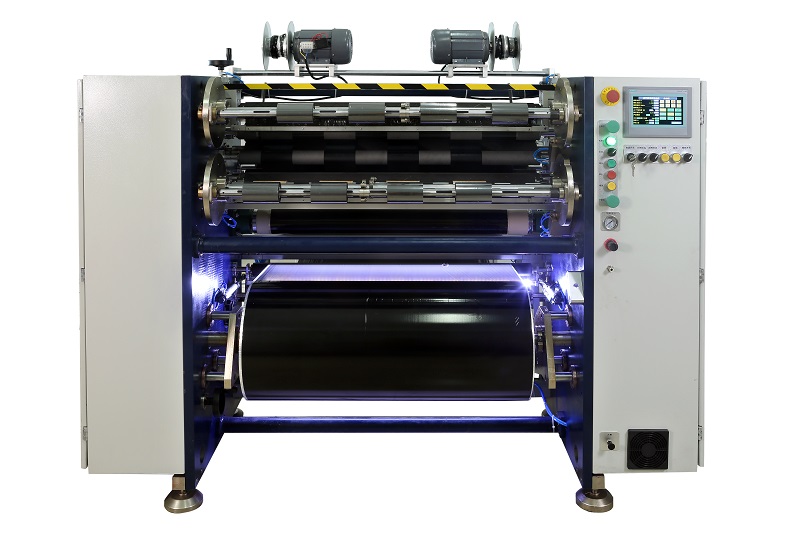 Manual TTR Slitter RSDS2
Manual TTR Slitter RSDS2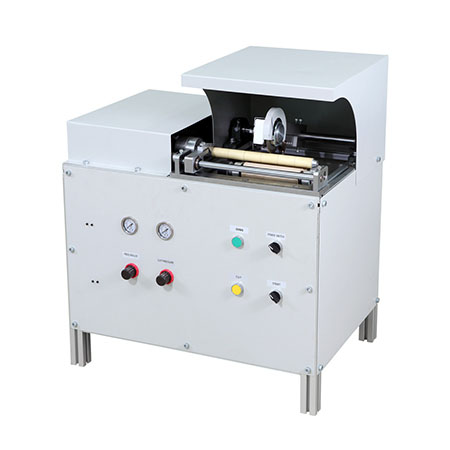 Manual Paper Core Cutter
Manual Paper Core Cutter





